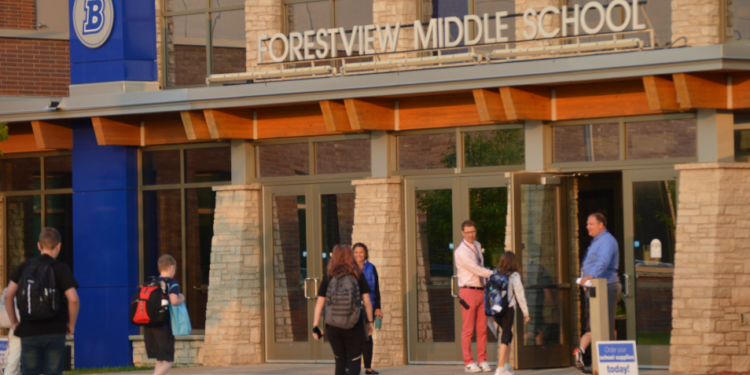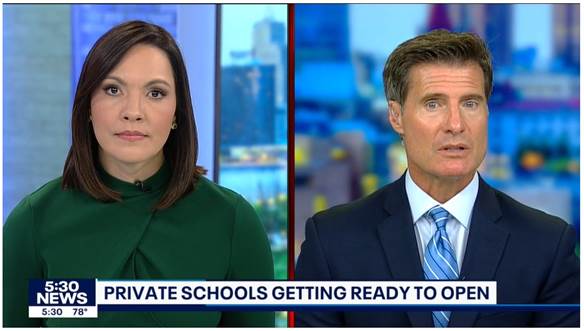A lot of attention has focused on the big Twin Cities school districts in recent weeks, particularly as they’re entering a state mediation phase to finally settle their contract.
But it’s not just the big city teachers that are struggling to get a contract. Outstate Minnesota districts are having the same problems.
Take Brainerd Public Schools, for example. The day after Christmas, The Brainerd Dispatch reported that the district was still seeking to settle a new contract for the year. The old one expired last summer.
“All of our teachers and all of our staff deserve so much more than we’re able to give them,” Brainerd School Superintendent Heidi Hahn told the paper. “And that’s what’s very difficult.”
From a district perspective, board members and administrators, she said, have to oversee an entire system and be mindful of all employees while dealing with a limited budget. Those circumstances make it hard to balance a budget while paying employees what they’re worth.
That comment should spark our curiosity. Just what does the budget look like for Brainerd Public Schools?
According to the district’s official report, total expenditures for FY 2023 were $135,595,367. The district’s Average Daily Membership or ADM was 6,124 students. That means that Brainerd Public School District spends $22,142 per student.

U.S. News & World Report lists Brainerd’s student-teacher ratio as 15:1. Thus, at $22,142 per student, each classroom of 15 students gets $332,130.
An average teacher salary for the area is roughly $51,000 annually according to Glassdoor. The obvious question Brainerd teachers should be asking is, “Where are the other $281,130 supposedly allotted to my classroom of students going?”
Seeing this discrepancy between the money Brainerd Public Schools spends per student and what they pay their teachers, it’s no wonder that Brainerd teachers feel unvalued. And if they feel unvalued, what does that do to their teaching skills and innovation in the classroom? Could that discouragement negatively affect student achievement?
As it stands now, Brainerd student proficiency on tests is a little better than some districts, but still rather abysmal. In 2023, the percentage of students meeting standards in math, reading, and science measured at 49.2%, 55.7%, and 51.5% respectively.

Now consider the fact that if Minnesota had Education Savings Accounts (ESAs), a funding mechanism where approximately $7,000 in education funds would follow a student to the school of his choice, a teacher in any district could form his own microschool, take around 10 students under his wing, make $70,000 rather than $51,000, and also reduce his class size. One has to wonder if such a move wouldn’t make teachers feel more valued and more motivated about their work, and if in turn such a state would drive greater educational excitement, interest, and hence achievement amongst his students.
Judging from the state of Brainerd Public Schools, it seems Outstate Minnesota students and teachers could use school choice just as much as the big city districts.
—
Image Credit: Brainerd Public Schools Facebook













